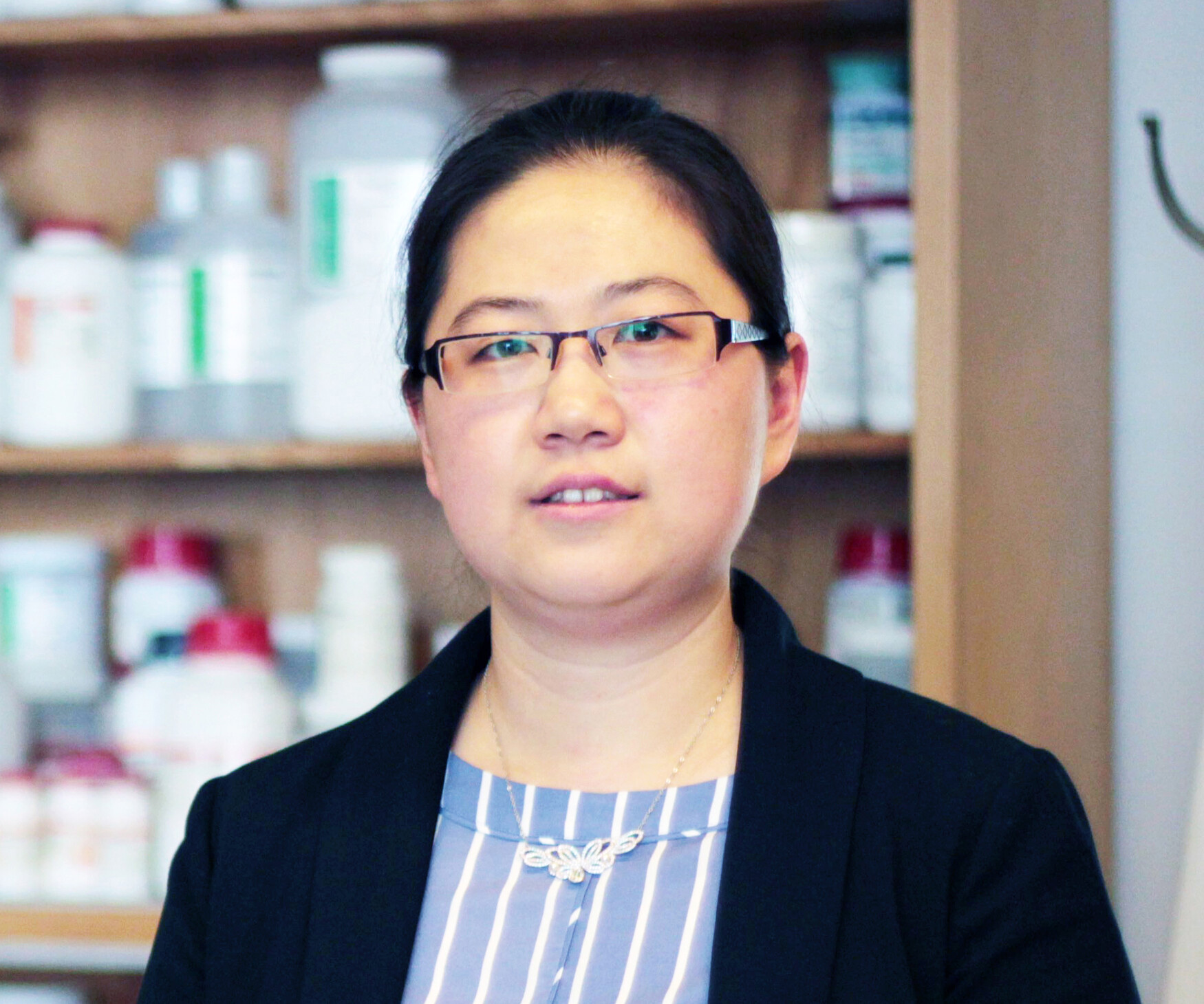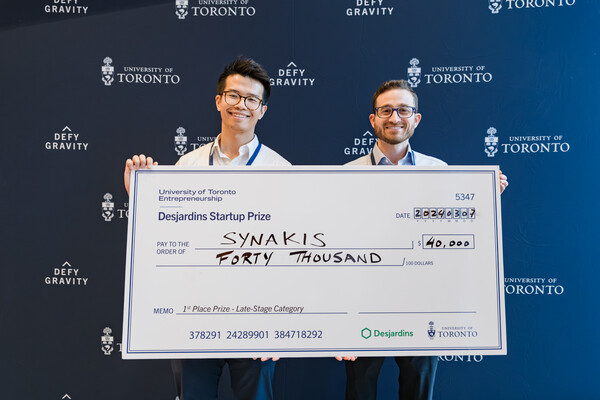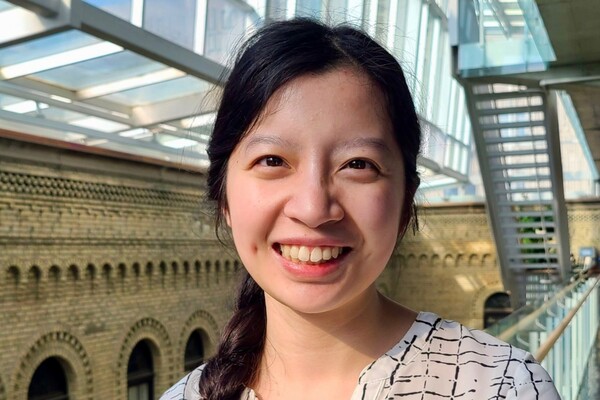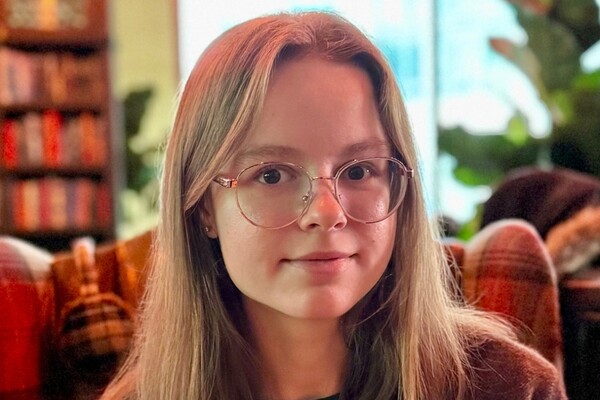Hong Han Wins 2017 Donnelly Thesis Prize

When Hong Han left her home in China for a university degree in Canada, she was hoping the move would broaden her horizons. 10 years later, with high profile research papers and a host of awards under her belt, she has made contributions to science few of her peers can match.
Han is the recipient of the 2016 Donnelly Centre Thesis Prize, awarded annually to a doctoral student, working in a Donnelly Centre lab, whose completed thesis has achieved the highest standards of quality, originality and research significance.
“We are delighted that Hong Han has received the 2016 Donnelly Thesis Award for her outstanding PhD thesis on alternative splicing regulatory networks that control cell fate,” it was said in a letter from the prize selection committee. This year’s committee was chaired by Jason Moffat and counts William Ryu, Quaid Morris, Andrew Fraser and Julie Audet as members. All are principal investigators in the Donnelly Centre and professors in the University of Toronto.
During her PhD, Han was jointly supervised by Benjamin Blencowe and Moffat, both professors in the Donnelly Centre and U of T’s Department of Molecular Genetics.
“I am very grateful and honoured to receive this prestigious award. I owe my success to my supervisors, committee members as well as everyone else who provided support, encouragement and help along the way. The open and shared environment in Blencowe and Moffat labs in the Donnelly Centre has made it a fantastic place for collaboration, without which I would not have been able to make this amount of progress,” says Han.
Han studied a process in the cell called alternative splicing (AS), whereby genetic messages that code for proteins are reshuffled and stitched together such that a single gene can code for more than one protein. In this way, AS works to expand the protein repertoire in the cell so that it surpasses the number of available genes. Given than cells are mainly made from proteins, which also do most of the work in them, it’s in part thanks to AS that we have a vast range of different cell types in the body—from nerve cells that transmit information in the brain to beating heart cells that pump the blood. And when AS goes awry, this can lead to neurological conditions such as autism, but also to cancer and other diseases. It’s not surprising then that understanding the rules of AS is opening new opportunities for diagnosis and treatment.
"I found that U of T and MoGen had the great graduate program offering the opportunity to work in the Donnelly Centre with some of the most renowned researchers in the field" - Hong Han
Han was only half way through her PhD when she made an important discovery with implications for regenerative medicine. Working with stem cells— immature, embryo-like cells that can make all cells in the body—she discovered a previously underappreciated role for AS in maintaining their potential to generate all other cell types. She showed that the way stem cells switch from this early, immature state to becoming a differentiated cell, such as a nerve cell for example, is by dialing down an AS program that’s controlled by proteins called MBNL1 and MBNL2. Han also showed that silencing the activity of MBNL1 and MBNL2 in differentiated cells can accelerate a process referred to as ‘reprogramming’, whereby differentiated cells can be transformed into stem cells. The findings were published in Nature in 2013, with Han as the lead author, and opened the door to a more efficient way of creating stem cells for research and therapeutic applications.
More recently, Han developed a new technology called SPAR-Seq that allows her to monitor dozens of AS and gene expression events occurring in cells at the same time. The powerful method, published earlier this year in the journal Molecular Cell, can be used to track changes in AS and gene expression in the cell, in response to genetic mutations or drug treatments, and has attracted a number of collaborations in Canada and abroad.
Continuing her work in the Donnelly Centre as a Home Research Fellow, supported by a fellowship endowed by the family of Robert Bertram Home, Han is currently using the SPAR-Seq platform to search for gene targets and drugs that can correct autism-related AS errors in nerve cells in the hope of finding a potential splicing-directed drug for autistic patients. With Moffat and Blencowe, Han is also working on another project that aims to identify biomarkers for diagnosis of neurological conditions and cancer by analyzing cell surface protein variants generated by AS.
Born and raised in the coastal city of Dalian, in north east China, Han decided to move to Canada to study biology in the University of British Columbia where living by the ocean reminded her of home.
After graduating with distinction, Han’s desire to pursue a PhD in functional genomics was sparked by the arrival of new technologies that transformed biological research. Toronto, she said, was an obvious choice.
“I found that U of T and MoGen (Department of Molecular Genetics) had the great graduate program offering the opportunity to work in the Donnelly Centre with some of the most renowned researchers in the field,” says Han.
During her time in the Donnelly Centre, Han has won a number of awards, including two Jennifer Dorrington Research Awards, awarded to outstanding students in the Faculty of Medicine, three U of T Open Fellowships and three Ontario Graduate Scholarships.
News



